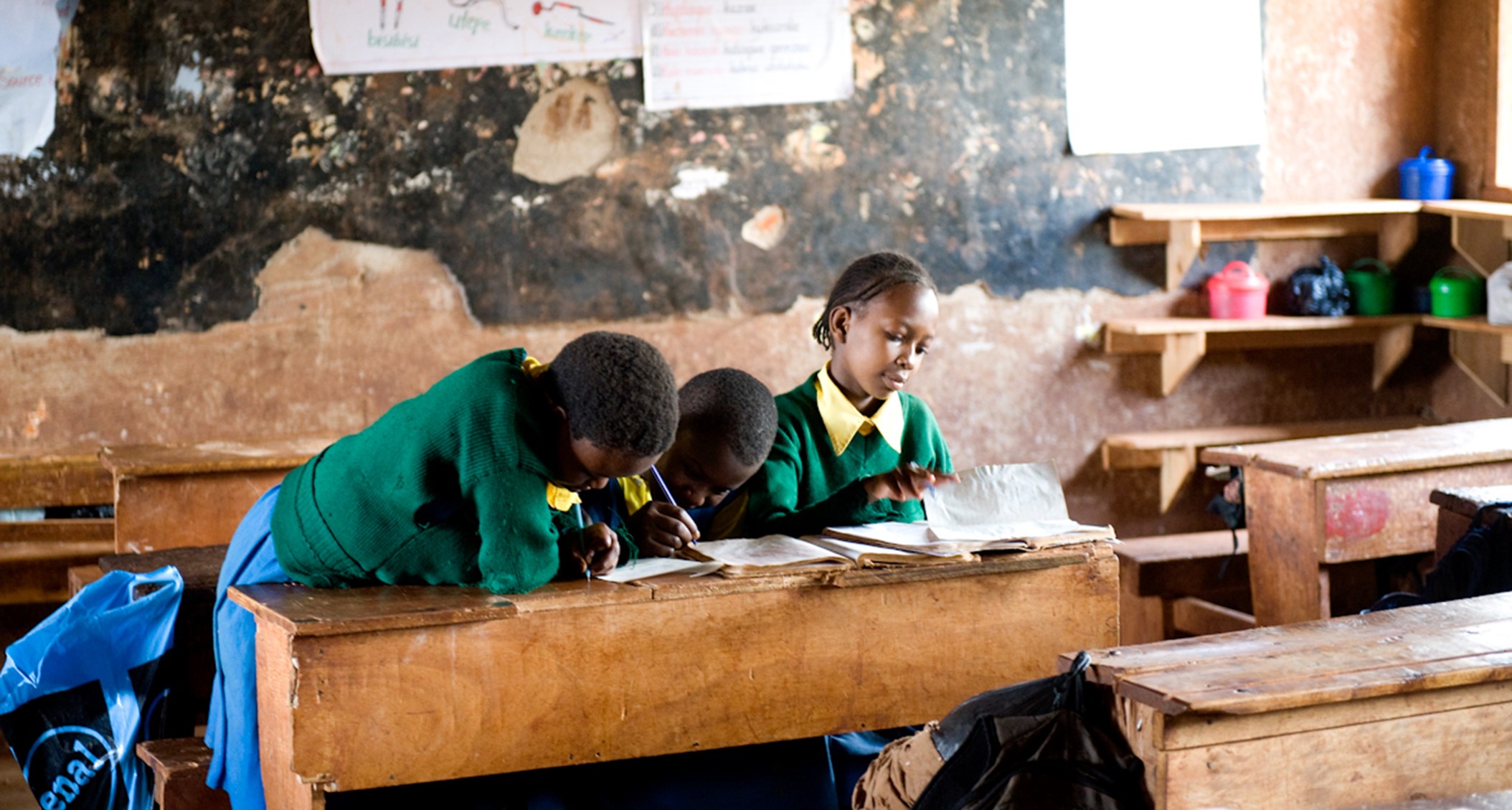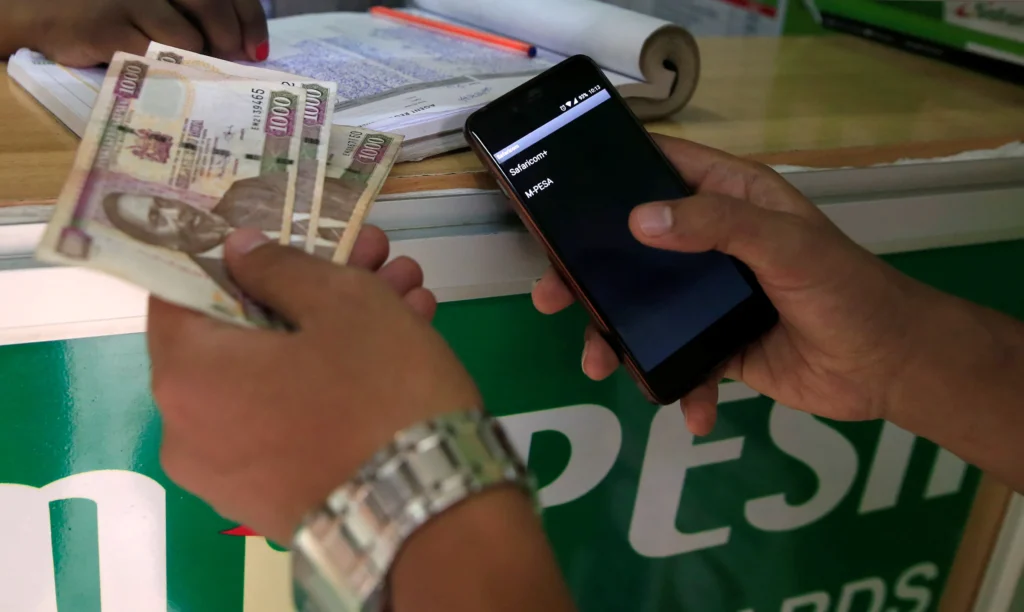- The World Bank recommends three broad policy pathways to achieve inclusive growth and fight poverty.
- These include connecting the poor to economic growth and strengthening households’ resilience to adverse weather shocks.
- The lender also advocates leveraging fiscal policy programs to support poverty reduction objectives.
Kenya’s economic growth holds the promise of lifting millions out of poverty, even amid challenging economic conditions. According to the World Bank, the secret lies in adopting an inclusive growth strategy that not only enhances economic opportunities and productivity for the poorest but also remains steadfast in pursuing long-term developmental objectives.
This vision is captured in the latest World Bank report titled “Kenya Poverty and Equity Assessment (KPEA) 2023 – From Poverty to Prosperity: Making Growth More Inclusive,” which focuses on the years from 2005 to 2021.
The report underscores that while Kenya has made strides in reducing poverty and improving living standards, the benefits have not been uniformly shared. Consequently, the correlation between economic growth and poverty reduction has weakened in East Africa’s largest economy in recent years.
Reforms to expedite Kenya’s poverty reduction, level playing field
The findings of the report highlight the need for a recalibration of strategies to ensure that the fruits of economic growth reach poor Kenyans. As Keith Hansen, the World Bank Country Director for Kenya, emphasizes, an inclusive growth strategy is essential to expedite poverty reduction and level the playing field for all.
This strategy calls for the implementation of economic policies and prudent public spending, both geared toward enhancing the productive capacities of the poor. By doing so, Kenya can create an environment where economic growth becomes a more potent tool for lifting individuals and communities out of poverty.
The report serves as a call to action for policymakers to reevaluate existing approaches and adopt a more comprehensive and targeted strategy. It highlights the necessity of fostering economic policies that not only stimulate overall growth but also specifically address the needs of the most vulnerable segments of the population.
Through efficient and equitable allocation of resources, Kenya can build a more inclusive economy that empowers its citizens and ensures that the benefits of economic progress are shared more equitably.
For Kenya, the World Bank recommends three broad, interconnected policy pathways to inform such a strategy. These include connecting the poor to economic growth, strengthening households’ resilience to adverse weather shocks, and lastly, leveraging fiscal policy to support poverty reduction objectives.
“More disposable income in the hands of more people, especially amongst those who are at the bottom of the income distribution, will create lasting pathways to prosperity. Such widespread prosperity is also good for the economy because it can translate into higher tax revenues and greater fiscal space but also support a vibrant domestic demand and private sector,” said Precious Zikhali, Senior Economist and co-author of the report.
Read also: Costly loans loom large as Kenya’s Central Bank hikes rate to 12.5 per cent
Connect Kenya’s poor to economic growth
In efforts to bridge the gap between the poor and economic growth, the World Bank highlights the crucial role of the agricultural sector in Kenya. The multilateral lender advocates for strategic use of the agriculture sector policy to enhance the capabilities of farmers. This includes providing training and timely financing to support diversification ensuring that farmers are equipped with the necessary skills and resources to explore a broader range of agricultural activities.
“Swapping vouchers for inputs with vouchers for an equivalent amount of cash can also allow poor households to take efficient planting and investment decisions tailored to their asset endowments,” the report notes in part.
Additionally, the World Bank urges policymakers to carefully design price stabilization policies that do not discourage diversification in the sector, recognizing the importance of incentivizing farmers to explore alternative crops and activities.
The report also underscores the significance of Micro, Small, and Medium-sized Enterprise (MSME) development as a means of reaching the urban poor, particularly those engaged in self-employment and household enterprises.
This recommendation involves providing training and sustainable financing options to enhance the capacity and viability of these urban-based businesses. Furthermore, the report highlights the need for urban development policies that facilitate commuting and proximity to customers for producers, thereby creating an environment conducive to economic activities and entrepreneurship in urban areas.
Currently, Kenya employs input support policies and price controls, mainly through the National Cereals and Produce Board (NCPB), to bolster smallholder farmers’ incomes and ensure the affordability of staples. These policies aim to stimulate agricultural output while maintaining an adequate supply of food, especially maize, for the benefit of the Kenyan people.
The World Bank’s recommendations align with the broader objective of balancing agricultural policies to encourage both increased productivity and economic diversification, ultimately contributing to sustainable and inclusive economic growth in Kenya.
Read also: Kenya’s role in a new African climate change approach
World Bank calls for strengthening households’ resilience to adverse weather shocks
The World Bank emphasizes the pivotal role of a shock-responsive and adaptive social protection system in effectively managing risks, especially for the poor and vulnerable in the aftermath of disasters.
Kenya, with its existing Inua Jamii system, stands at the forefront of the potential to enhance the coverage, timeliness, and adequacy of its social protection mechanisms. The ongoing efforts to establish an enhanced single registry (ESR) further promise to consolidate a unified dataset of poor and vulnerable households nationwide.
This would enable a swift and transparent identification of populations susceptible to climate disasters and the impacts of slow-onset climate change, providing a foundation for targeted and timely assistance.
Additionally, the expansion of the Hunger Safety Net Program (HSNP) to additional Arid and Semi-Arid Lands (ASAL) counties represents a strategic move to broaden the reach of the program. Despite fiscal constraints posing a challenge to expanding social protection in response to shocks, the World Bank suggests key improvements.
First, ensuring sufficient financial resources are available is critical to enabling the shock-responsive element to deliver timely assistance to those in need. Second, expanding the coverage of social assistance programs should prioritize targeting the poorest individuals and households. Lastly, safeguarding the real value of cash transfers can be achieved through more frequent nominal increases, further fortifying the resilience of the social protection system.

Leveraging fiscal policy to support Kenya’s poverty reduction objectives
The lender underscores the equalizing nature of Kenya’s fiscal policy while emphasizing the potential for further support to the poor. Cash transfer programs, notably hunger safety nets, are recognized as crucial adaptive social protection tools that effectively reach less affluent households.
World Bank suggests that expanding social assistance programs, contingent on fiscal space, would not only enhance households’ resilience but also amplify the fiscal system’s impact on poverty reduction and redistribution.
This expansion could simultaneously address spatial disparities, promoting a more balanced and inclusive approach to economic development.
“An additional payoff to reviewing the size and coverage of select cash transfer programs is that they can help offset the incidence of VAT that falls on poorer households,” the report reads in part.
Additionally, Kenya’s pro-poor education spending at the primary level emerges as an opportune avenue to invest in building human capital and fostering the future productive capacity of children, particularly those from poor households and counties relying on the public education system. Preserving this spending category during reforms is deemed crucial to sustaining progress in human capital development and ensuring improved learning outcomes.
As the government juggles multiple objectives, maintaining a delicate balance becomes paramount. By prioritizing inclusive growth and considering the suggested measures, Kenya can lay the foundation for a fiscal policy that not only promotes economic stability but also ensures the well-being and prosperity of poor populations.











